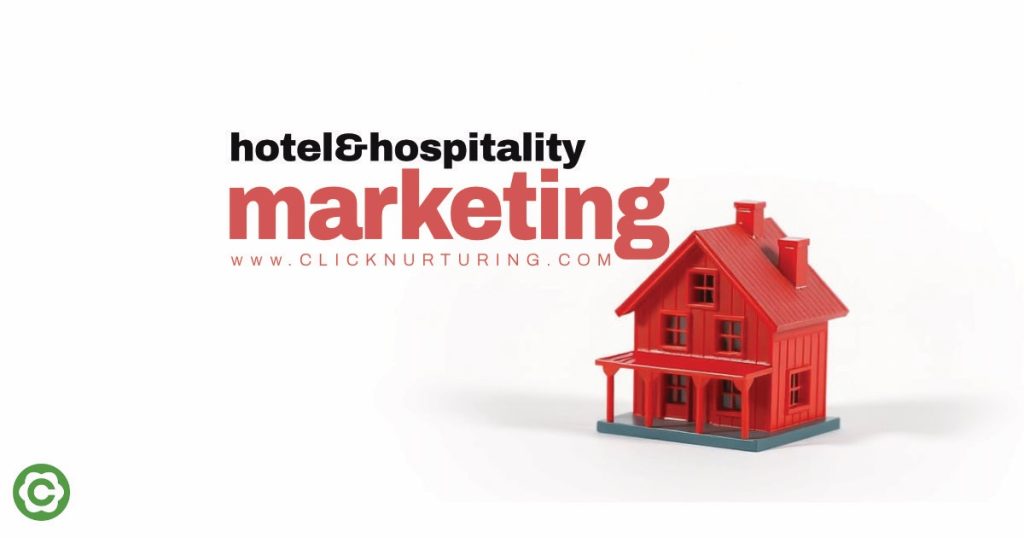Hotel Advertising & Marketing Practices.
The future of Hotel Advertising & Marketing
When brands relied heavily on word-of-mouth, trade shows, and partnerships with travel agencies to create buzz and trust…

Typical Hotel Advertising and Marketing Strategies Today and for the Future.
Historically, hotel and hospitality brands built their image through traditional, tactile methods. In the pre-digital era, advertising glossy travel magazines, brochures, print ads, billboards, and television commercials that showcased lavish interiors and exotic destinations. These brands also relied heavily on word-of-mouth, trade shows, and partnerships with travel agencies to create buzz and trust.
The art of storytelling was delivered face-to-face—through curated experiences at travel fairs and in-person events—crafting an aura of exclusivity and authenticity that resonated with guests long before the digital age. Even though these methods might seem outdated, their core principles of storytelling, reputation building, and emotional connection remain invaluable.
Today, those traditional approaches still hold relevance, particularly when integrated with modern techniques. For instance, high-quality print ads and billboards continue to evoke a sense of luxury and trust among older, more traditional clientele, while word-of-mouth endures in the form of guest reviews and testimonials online.
However, the competitive climate now demands a seamless blend of the tried-and-true with digital innovation. Brands that combine the authenticity and legacy of traditional media with the precision and reach of digital channels are best positioned to capture both established and emerging audiences.
New Advertising and Marketing Trends
The latest trends in hotel and hospitality advertising lean heavily on personalization and technology. Hotels are now leveraging data-driven strategies and artificial intelligence to tailor marketing messages and guest experiences to individual preferences.
Social media has become a powerhouse, where influencers and user-generated content can transform a stay into an aspirational lifestyle narrative—think short-form videos on TikTok and Instagram Reels that capture the unique vibe of a property in seconds. Virtual and augmented reality tours are also on the rise, offering potential guests an immersive preview of their future stay.
Additionally, mobile-first strategies, direct booking incentives, and sustainability messaging are increasingly shaping the way brands promote themselves in a fast-evolving market.
Ultimately, the modern hotel marketing landscape is a dynamic fusion of the past and the future. By respecting the timeless art of storytelling and brand building while harnessing cutting-edge digital tools, hoteliers are crafting compelling, memorable experiences that not only attract but also retain guests in today’s hyper-competitive environment.
This balanced approach—honoring traditional values while boldly innovating—ensures that brands remain authentic, relevant, and truly unforgettable.
Creating a Hotel Advertising and Marketing Plan.
Begin by outlining your objectives, strategies, and tactical steps. Your plan should detail clear, measurable goals, a timeline for implementation, and the key performance indicators that will guide your progress. This comprehensive blueprint forms the foundation for all subsequent marketing activities.
Vision and Mission
Develop a concise vision and mission statement that encapsulates your brand’s promise, values, and long-term goals. Your vision should inspire both your team and potential guests, painting a picture of the exceptional experiences you strive to create, while your mission outlines the actionable steps you’ll take to turn that vision into reality.
Market Analysis (5 Cs)
Company, Industry Climate, Customers, Competitors and Collaborators,
Conduct a comprehensive market analysis using the 5 Cs framework—Company, Customers, Competitors, Collaborators, and Climate—to understand your hotel’s position in the marketplace. This analysis will provide valuable insights into guest demographics, competitor strategies, and overall industry trends, enabling you to tailor your marketing approach effectively.
Pricing Strategy
Economy, Premium, Skimming, and Penetration
Select a pricing strategy that aligns with your brand positioning and target market. Whether you opt for an economy model, premium pricing, skimming, or penetration pricing, ensure that your rates reflect the value of your offerings and meet your guests’ expectations while remaining competitive in your market.
Strengths, Weaknesses, Opportunities and Threats
Strengths, Weaknesses, Opportunities, and Threats (SWOT)
Perform a thorough SWOT analysis to evaluate your hotel’s internal strengths and weaknesses alongside external opportunities and threats. This strategic assessment will help identify areas for improvement, potential risks, and competitive advantages, guiding your decision-making and resource allocation.
By integrating these foundational elements into your advertising and marketing plan, you create a balanced approach that honors the legacy of traditional methods while boldly embracing digital innovation. This strategy not only preserves the art of storytelling and reputation building but also ensures your brand remains agile, relevant, and memorable in today’s ever-evolving market.
RELATED CONTENT
Designed with WordPress


